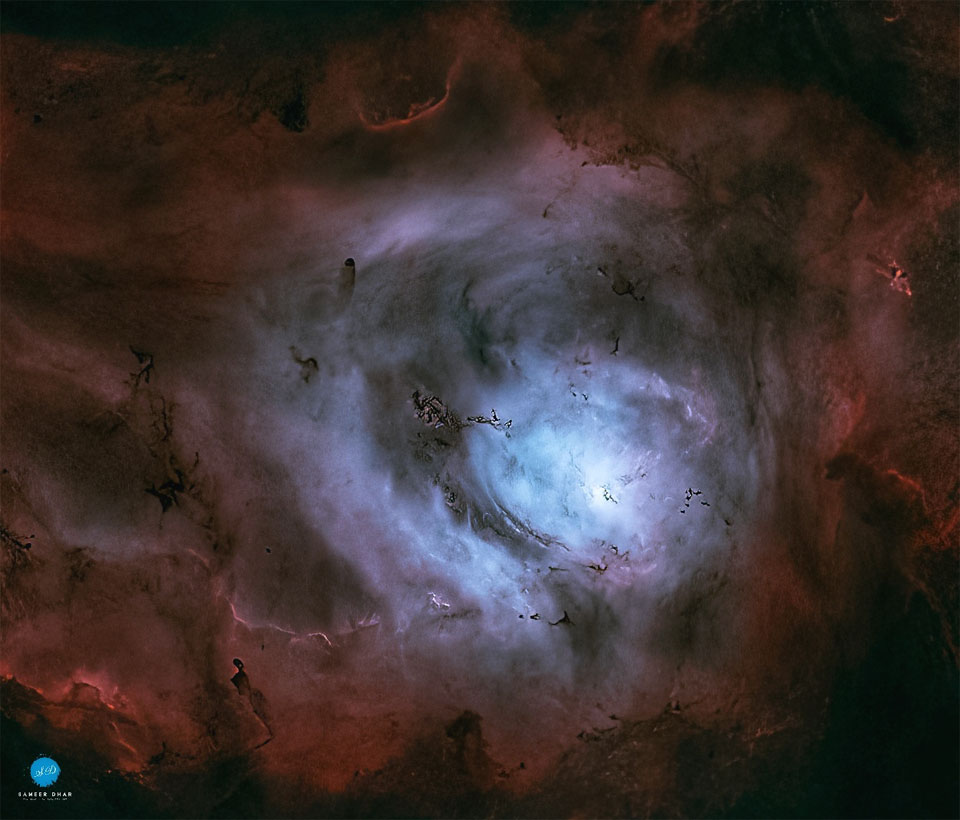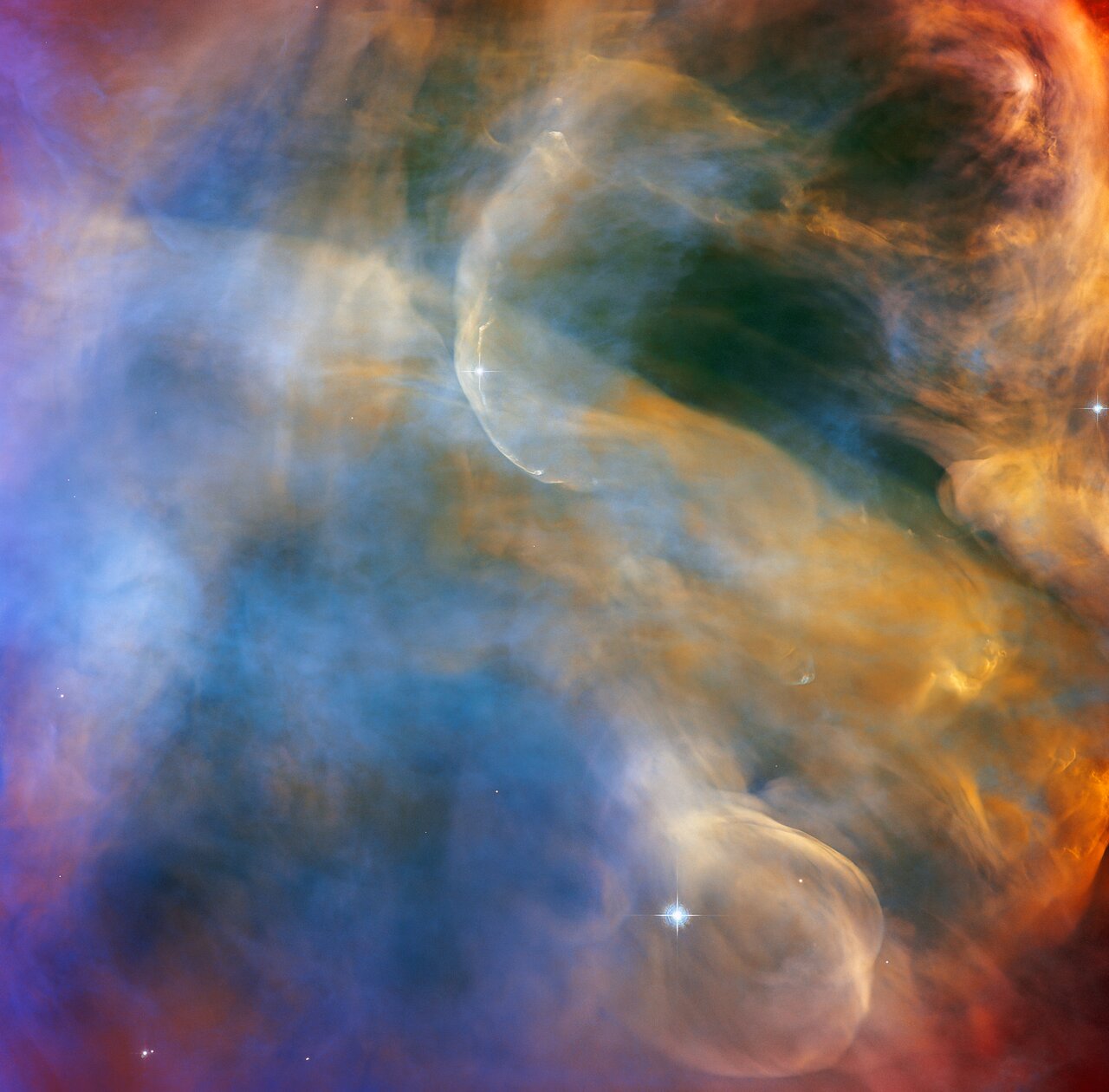Blog
Ian Scott Anderson MBE (born 10 August 1947) is a Scottish musician, singer and songwriter best known for his work as the lead vocalist, flautist, acoustic guitarist and leader of the British rock band Jethro Tull. He is a multi-instrumentalist who, in addition to flute and acoustic guitar, plays keyboards, electric guitar, bass guitar, bouzouki, balalaika, saxophone, harmonica and a variety of whistles. His solo work began with the 1983 album Walk into Light; since then he has released another five works, including the sequel to the Jethro Tull album Thick as a Brick (1972) in 2012, titled Thick as a Brick 2. Ian Anderson was born in Dunfermline, Fife, Scotland, the youngest of three brothers. His father, James Anderson, ran the RSA Boiler Fluid Company in East Port, Dunfermline. Anderson’s family moved to Edinburgh when he was three. He was influenced by his father’s big band and jazz records and the emergence of rock music, but was disenchanted with the “showbiz” style of early American rock and roll stars like Elvis Presley.
more...Charles H. Israels (born August 10, 1936) is an American jazz composer, arranger, and bassist who is best known for his work with the Bill Evans Trio. He has also worked with Billie Holiday, Benny Goodman, Coleman Hawkins, Stan Getz, Herbie Hancock, J. J. Johnson, John Coltrane, and Judy Collins.
Born in New York City, Chuck Israels was raised in a musical family which moved to Cleveland, Ohio, when he was 10. His stepfather Mordecai Bauman was a singer who performed extensively with composer Hanns Eisler. He, along with Israels’ mother, Irma Commanday, created a home environment in which music was a part of normal daily activity. Paul Robeson, Pete Seeger, and The Weavers were visitors to the Bauman home. In 1948, the appearance of Louis Armstrong‘s All Stars in a concert series produced by his parents gave him his first opportunity to meet and hear jazz musicians.
https://www.youtube.com/watch?v=ssNMxlDfLho
more...Gertrude E. “Trudy” Pitts (August 10, 1932 – December 19, 2010) was an American soul jazz keyboardist from Philadelphia, Pennsylvania. She was known primarily for playing the Hammond B3 organ.
Trained as a musician and a music educator, Pitts studied at the Philadelphia Musical Academy, Temple University and Juilliard, as well as other institutions. Early work experience included a position as an assistant to the pianist in the Tony Award-winning musical Raisin.
more...Arnett Cleophus Cobb (August 10, 1918 – March 24, 1989) was an American jazz tenor saxophonist, sometimes known as the “Wild Man of the Tenor Sax” because of his uninhibited stomping style. Cobb wrote the words and music for the jazz standard “Smooth Sailing” (1951), which Ella Fitzgerald recorded for Deccaon her album Lullabies of Birdland.
Born in Houston, Texas, he was taught to play piano by his grandmother, and he went on to study violin before taking up tenor saxophone in the high school band. At the age of 15 he joined Louisiana bandleader Frank Davis’s band, doing shows in Houston and throughout Louisiana during the summer. Cobb continued his musical career with the local bands of trumpeter Chester Boone, from 1934 to 1936, and Milt Larkin, from 1936 to 1942 (which included a period on the West Coastwith Floyd Ray). Among his bandmates in the Larkin band were Illinois Jacquet, Eddie “Cleanhead” Vinson, Tom Archia, Cedric Haywood, and Wild Bill Davis.Having turned down an offer from Count Basie in 1939, Cobb replaced Jacquet in Lionel Hampton‘s band in 1942, staying with Hampton until 1947. Cobb’s featured solo on Hampton’s theme song “Flying Home No. 2” generated much excitement, his blasting style earning him the label “Wild Man of the Tenor Sax”.
more...Pandit Vishnu Narayan Bhatkhande (10 August 1860 – 19 September 1936) was an Indian musicologist who wrote the first modern treatise on Hindustani classical music, an art which had been propagated for centuries mostly through oral traditions. During those earlier times, the art had undergone several changes, rendering the raga grammar documented in scant old outdated texts.
Ragas used to be classified into Raga (male), Ragini (female), and Putra (children). Bhatkhande reclassified them into the currently used thaat system. He noted that several ragas did not conform to their description in ancient Sanskrit texts. He explained the ragas in an easy-to-understand language and composed several bandishes which explained the grammar of the ragas.
more...Ridges of glowing interstellar gas and dark dust clouds inhabit the turbulent, cosmic depths of the Lagoon Nebula. Also known as M8, the bright star forming region is about 5,000 light-years distant. But it still makes for a popular stop on telescopic tours of the constellation Sagittarius, toward the center of our Milky Way Galaxy. Dominated by the telltale red emission of ionized hydrogen atoms recombining with stripped electrons, this stunning, deep view of the Lagoon is nearly 100 light-years across. Right of center, the bright, compact, hourglass shape is gas ionized and sculpted by energetic radiation and extreme stellar winds from amassive young star. In fact, although digitally removed from the featured image, the many bright stars of open cluster NGC 6530 drift within the nebula, just formed in the Lagoon several million years ago.

b. apparently August 9 (or September 8), 1932 in Memphis, Tennessee
it seems that he was the Samuel Lewis who died March 9, 2007 in West Memphis, Arkansas
The productive and all too brief meeting between vocalist / harmonica player Sammy Lewis and guitarist Willie Johnson produced one of the best blues issued by Sun Records. In the eyes of many collectors and blues fans – including this writer – there is no finer blues side ever cut on Sun than “I Feel So Worried” (Sun 218). Even rockabilly fans who merely tolerate Sun blues are often fond of this record, owing in no small way to Willie Johnson’s guitar style. Recorded on March 28, 1955, it was the only time that Lewis and Johnson recorded together. The flipside, So Long Baby Goodbye” is more conventional R&B. The third song from this session, “Gonna Leave You Baby”, was obviously not issued by Sam Phillips because the harmonica and guitar are terribly out of tune with each other. Willie Johnson, who was born in Senatobia, Mississippi, on March 24, 1923, played with Howlin’ Wolf as far back as 1942. He played on a number of Sun sessions before recording with Lewis. Soon afterwards he headed for Chicago to rejoin Wolf’s band where he remained until 1961. Sammy Lewis continued working in Memphis after Johnson moved north, working with an assortment of bands. Lewis was influenced by Sonny Boy Williamson and Little Walter on his Sun recordings. He went on to cut sides for the West Memphis 8th Street label and was thought to have died until he was rediscovered in 1970, still playing in West Memphis.
“I Feel So Worried” was first reissued on the LP “The Blues Came Down From Memphis” (London HA-S 8265) in 1966. (I remember Mike Raven playing it on Radio 390). This LP was reissued on Charly 10033 in 1985 and on CD Charly 67 in 1987 (with eight extra tracks). Since then there have been several other reissues of “I Feel So Worried”, on Charly (Big Bad Blues, CPCD 8100) and other labels.
more...Jack DeJohnette (born August 9, 1942) is an American jazz drummer, pianist, and composer.
An important figure of the fusion era of jazz, DeJohnette is one of the most influential jazz drummers of the 20th century, given his extensive work as leader and sideman for musicians including Charles Lloyd, Freddie Hubbard, Keith Jarrett, Bill Evans, John Abercrombie, Alice Coltrane, Sonny Rollins, Miles Davis, Joe Henderson, Michael Brecker, Herbie Hancock and John Scofield. He was inducted into the Modern Drummer Hall of Fame in 2007. He has won two GRAMMY awards and been nominated for five others.
DeJohnette was born in Chicago, Illinois, to Jack DeJohnette (1911–2011) and Eva Jeanette DeJohnette (née Wood, 1918–1984). Although of predominantly African American heritage, he has stated that he has some Native American ancestry, specifically Seminole and Crow. He began his musical career as a pianist, studying from age four and first playing professionally at age fourteen. He later switched focus to the drums. When Jack switched to drums he was also taught drumming techniques from a local jazz drummer, Bobby Miller Jr, who lived in the same neighborhood. DeJohnette credits his uncle, Roy Wood, Sr. (1915–1995), a Chicago disc jockey and vice president/co-founder of the National Black Network of Black Broadcasters, as his inspiration to play music.
https://www.youtube.com/watch?v=LwloeB9gOI0
more...Edward Rudolph “Butch” Warren Jr. (August 9, 1939 – October 5, 2013) was an American jazz bassist who was active during the 1950s and 1960s.
Warren’s mother was a typist at the CIA. His father, Edward Sr., was an electronics technician who played piano and organ part-time in clubs in Washington, D.C; his uncle, Quentin — actually the same age as Butch — played guitar. The Warren home was often visited by jazz musicians Billy Hart, Jimmy Smith, and Stuff Smith. The first time Butch Warren played bass was at home on an instrument left by Billy Taylor, who had played bass for Duke Ellington. Warren has cited Jimmy Blanton, the innovative and virtuoso bassist with Ellington from 1939 to 1941, as his biggest inspiration.
more...Johann Michael Bach (baptised 19 August [O.S. 9 August] 1648, Arnstadt, Schwarzburg-Sondershausen – 27 May [O.S. 17 May] 1694, Gehren) was a German composer of the Baroque period. He was the brother of Johann Christoph Bach, as well as first cousin, once removed and father-in-law of Johann Sebastian Bach (he was the father of J.S. Bach’s first wife Maria Barbara Bach). He is sometimes referred to as the “Gehrener Bach” to distinguish him from the “Wuppertaler Bach”, Johann Michael Bach (1745–1820).
more...This celestial cloudscape from the NASA/ESA Hubble Space Telescope captures the colourful region surrounding the Herbig-Haro object HH 505. Herbig-Haro objects are luminous regions surrounding newborn stars, and are formed when ionised jets of gas spewing from these newborn stars collide with nearby gas and dust at high speeds. In the case of HH 505, these jets originate from the star IX Ori, which lies on the outskirts of the Orion Nebula around 1000 light-years from Earth. The jets themselves are visible as gracefully curving structures at the top and bottom of this image, and are distorted into sinuous curves by their interaction with the large-scale flow of gas and dust from the core of the Orion Nebula. This observation was captured with Hubble’s Advanced Camera for Surveys (ACS) by astronomers studying the properties of outflows and protoplanetary discs. The Orion Nebula is awash in intense ultraviolet radiation from bright young stars. Stellar jets are irradiated while they collide with the surrounding gas and dust, lighting them up for Hubble to see. This allows astronomers to directly observe jets and outflows and learn more about their structures. The Orion Nebula is a dynamic region of dust and gas where thousands of stars are forming, and is the closest region of massive star formation to Earth. As a result, it is one of the most scrutinised areas of the night sky and has often been a target for Hubble. This observation was also part of a spellbinding Hubble mosaic of the Orion Nebula, which combined 520 ACS images in five different colours to create the sharpest view ever taken of the region.

John Renbourn (8 August 1944 – 26 March 2015) was an English guitarist and songwriter. He was best known for his collaboration with guitarist Bert Jansch as well as his work with the folk group Pentangle, although he maintained a solo career before, during and after that band’s existence (1967–1973). He worked later in a duo with Stefan Grossman.
While most commonly labelled a folk musician, Renbourn’s musical tastes and interests took in early music, classical music, jazz, blues and world music. His most influential album, Sir John Alot (1968), featured his take on tunes from the Medieval era.
John Renbourn studied classical guitar at school and it was during this period that he was introduced to early music. In the 1950s, along with many others, he was greatly influenced by the musical craze of skiffle and this eventually led him to explore the work of artists such as Lead Belly, Josh White and Big Bill Broonzy.
more...James Witherspoon (August 8, 1920 – September 18, 1997) was an American jump blues singer.
Witherspoon was born in Gurdon, Arkansas. His father was a railroad worker who sang in local choirs, and his mother was an avid piano player. Witherspoon’s grandson Ahkello Witherspoon is the starting cornerback for the Pittsburgh Steelers.
Witherspoon eventually joined the Merchant Marines.
more...Bennett Lester Carter (August 8, 1907 – July 12, 2003) was an American jazz saxophonist, clarinetist, trumpeter, composer, arranger, and bandleader. With Johnny Hodges, he was a pioneer on the alto saxophone. From the beginning of his career in the 1920s, he worked as an arranger including written charts for Fletcher Henderson‘s big band that shaped the swing style. He had an unusually long career that lasted into the 1990s. During the 1980s and ’90s, he was nominated for eight Grammy Awards, which included receiving a Lifetime Achievement Award.
Born in New York City in 1907, Carter was given piano lessons by his mother and others in the neighborhood. He played trumpet and experimented briefly with C-melody saxophone before settling on alto saxophone. In the 1920s, he performed with June Clark, Billy Paige, and Earl Hines, then toured as a member of the Wilberforce Collegians led by Horace Henderson. He appeared on record for the first time in 1927 as a member of the Paradise Ten led by Charlie Johnson. He returned to the Collegians and became their bandleader through 1929, including a performance at the Savoy Ballroom in New York City.
more...More Posts
- Reuben Wilson
- Mance Lipscomb
- World Drumming Babatunde Olatunji
- Daily Roots Barry Brown
- International Roma Day 2025
- John Muir Wisdom
- Establishment Wig
- Paul Jeffery
- Cosmo NGC 4414
- Julian Lennon
- Santiago Jiménez Jr.
- Carmen McRae
- World Music Mulatu Astatke
- Daily Roots King Tubby
- Child Abuse
- Cosmo Kohoutek 4-55
- Freddie Hubbard
- Ravi Shankar
- Mongo Santamaría
- Billie Holiday
